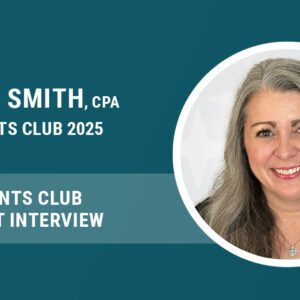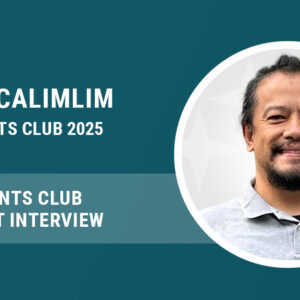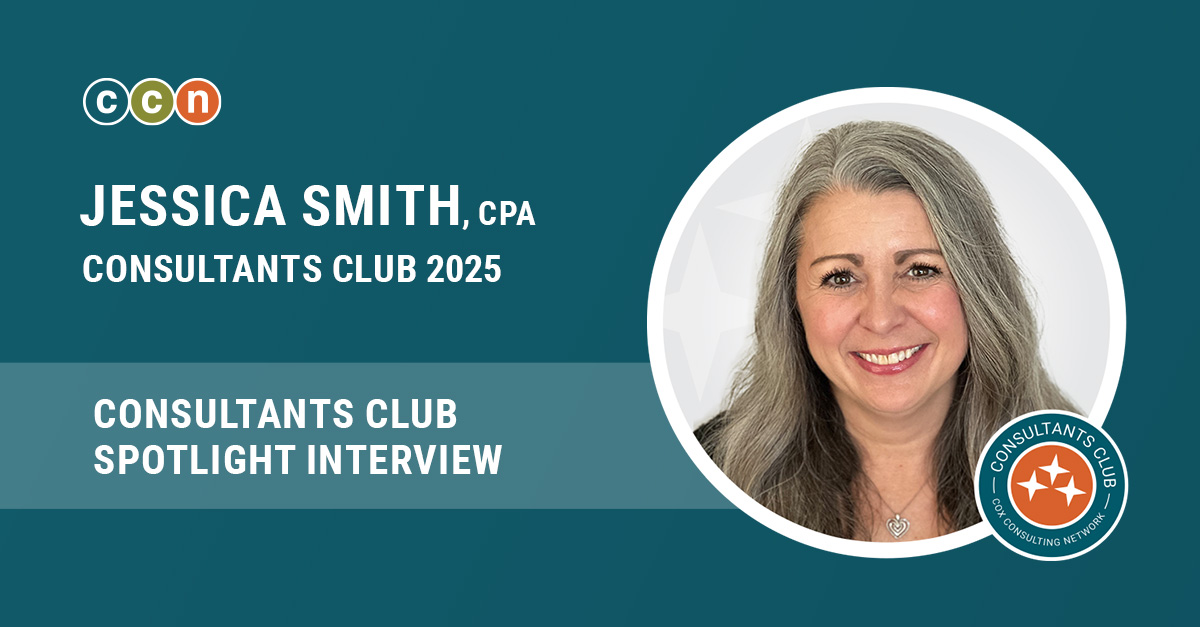How to Clean Up Your SG&A and Operating Expenses
Inflation persists at high levels while central banks continue to raise interest rates in an attempt to lower it. The U.S. and global economy are in a questionable market, for sure, and potentially creeping closer and closer to a recession.
How is this uncertain future affecting your business? Recently CCN Managing Directors Megan Cox-Artemis and Chris Mitchell explored five tactics CFOs can use to prepare for market uncertainty.
Today, we’ll take a deeper dive into the first tactic. It’s simple in theory but somewhat more involved in practice. It’s time to take control of your expenses and “scrub” your indirect selling, general, and administrative costs (SG&A), also known as operating expenses (OpEx)…

Do you know what’s on your SG&A?
Megan Cox-Artemis: In every acquisition I’ve been involved in, we’ve found several small monthly charges to the credit card. Nobody knew what they were because the person who initiated them was long gone, so somebody had to call each vendor and the credit card company to get the charges canceled. It’s tedious, but when you add it all up, it can be a lot of money! This is the first place you should look when things get tight.
Chris Mitchell: Recurring expenses really add up. Know the difference between what is essential and what is nice to have. When it’s time to cut costs, you know where to go.
Megan: There are no hard and fast rules for cutting expenses. Some people say to eliminate anything in the SG&A that’s over 9-11% of revenue. But what happens if implementing that policy results in profit margin erosion?
Outside investors look at what percentage of revenue goes into your SG&A. It’s often fixed costs. And it sometimes feels like you can’t take control of it.
The first step to reducing your SG&A is to really understand it.
Testing your expenses’ ROI
Megan: It can be hard for businesses to clean up their SG&A because of all the history and habits behind it. Don’t assume anything. Many companies are okay with adding dollars to the sales budget when times are tight, but not to G&A. Really test that theory. When you increase sales expenses, do you see a corresponding increase in revenue?
And remember, you can only measure what you can track. Can you get to the data you need?
Chris: One way to examine costs is by testing the value add. Does an expense bring value to the business? Do you know the ROI? Is it a necessary investment?
Spend money on what matters. If it doesn’t pass the test, remove it.
Megan: It’s sometimes hard to draw a direct line between overhead expenses and revenue. Lots of costs help facilitate sales, for example, a nice training facility for clients, an up-to-date website, or a CRM. Wherever possible, you should put these costs to the test, as Chris said.
How do you tackle your SG&A?
Megan: Many CFOs in small to midsize businesses think that they’re the only ones who can dig into these numbers, that they have to do most of the legwork.
Take the onus off of yourself by empowering people to own their budgets, but if you provide them with the historical data, they can do the rest of the legwork. Make each department or unit justify its own SG&A.
Chris: Exactly. Several questions will help you identify anomalies or problems. Look at each expense and ask:
- Is it really necessary?
- What does it do for us? Does it help us pursue our larger strategic goal?
- Do we have to get it from that vendor, or are there better ones out there?
- How has the business climate changed? Do we need to rethink basic assumptions? For example, is that large office still that important now that you know you can be effective leveraging a remote or hybrid workforce?
Where a consultant can help
Megan: Who has the time to dive into SG&A reports to look for expenses to cut? This is the perfect type of project for an experienced consultant.
For one, they come with a completely objective, unbiased perspective, with no expectations about what they’ll find.
Chris: And they have diverse experience from multiple companies. You’re tapping into the past dozen or more businesses that consultant has worked for. Use that knowledge and that experience.
Megan: We have several consultants who have done analyses for a wide variety of industries and company sizes. They can bring perspectives you just don’t have in your company, even if you hire an internal analyst.
Chris: Now, you might be hesitant to let an outside consultant make important decisions about costs, but that’s not really their purpose. The consultant serves up the information so you can make informed decisions without having to do all of the data mining!
Megan: A good consultant focuses on the client’s needs and how they can be most productive. They’re very conscious of your time.
Chris: And consultants have a much shorter ramp-up period than a full-time hire. We’ll start to make an impact in days, not weeks.
How SG&A analysis sets you up for success
Megan: Too often, SG&A analysis gets pushed to the back burner when it should be the priority.
Some companies jump straight to layoffs or pricing changes when things get tough — before investigating cost reductions. But isn’t that a bit backward?
First, you should look at each component of your business to see what’s adding to it and subtracting from it. Only then can you go wider and explore changes to your workforce or pricing structure.
SG&A analysis provides the foundation for more advanced tools like variable forecasting.
Chris: Remember, you don’t need to be the CFO to be the person thinking about this. These tactics can be applied by individuals at any level, within any size business. People will begin to notice if you start asking these deeper questions to find value and prove ROI.
We’ve helped dozens of businesses review their SG&A expenses and find ways to cut costs. Especially in this uncertain market, we can help you too.
Related Posts
Grow your business with industry news and resources from CCN.
2025 Consultants Club: Meet Amy Byron!
At CCN, we’re all about celebrating the incredible talent that fuels our community—and Amy Byron, CPA, is…
2025 Consultants Club: Meet Tracy McGehee!
At CCN, we are all about celebrating the remarkable achievements of our consultants. One of our shining…
2025 Consultants Club: Meet Jessica Smith!
We’re excited to congratulate Jessica Smith on earning a spot in CCN’s prestigious 2025 Consultants Club! 🎉…






